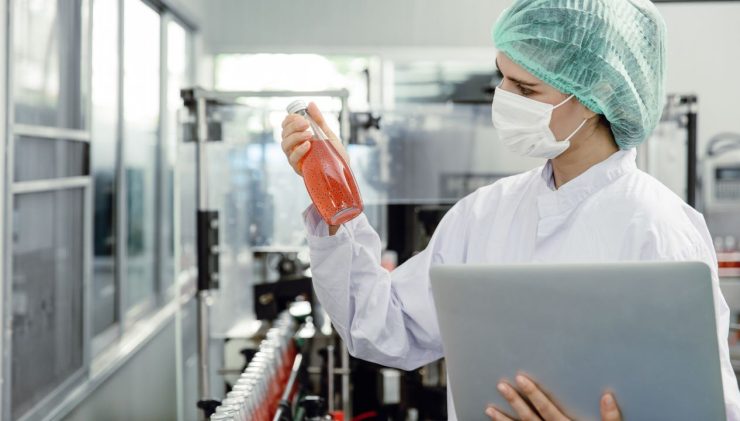 Could Your Business Face a Ladies’ Night Lawsuit?
Could Your Business Face a Ladies’ Night Lawsuit?Food manufacturers and distributors have always had to meet high standards. If food is unsafe – or even if there’s a potential safety concern – expensive recalls may be necessary. Recently, disease outbreaks and contamination have led to high costs, forcing the food industry to look for new ways to manage risks and control costs.
Bacterial Contamination Triggers Recalls – Again
Baby formula shortages made headlines in 2022, and bacterial contamination is behind the problem.
The CDC says that Abbott Nutrition recalled a lot of Similac PM 60/40 powered formula after reports that an infant died of a Cronobacter sakazakii bacterial infection after being fed formula from the lot. The contamination was ultimately linked to four illnesses and two deaths in three states. In a separate more recent incident, Food Safety News says ByHeart is recalling five batches of its Whole Nutrition Infant Formula after a test sample collected from a third-party packaging facility tested positive for the same bacteria.
The CDC says that Cronobacter sakazakii is found naturally in the environment, and it can survive in powdered infant formula and other dry foods. Although infections are rare, they can prove fatal for newborns, so contamination in infant formula is serious.
Other types of bacteria, including Salmonella, can also threaten health and trigger recalls and plant closures. In one example, Food Safety News says that Strauss Group recently had to update the estimated loss caused by a recall and plant shutdown. The new estimate takes consumer lawsuits into account and is a range of $84.8 million to $90.7 million.
Avian Flu Outbreaks Reach Record Levels
For poultry farmers, COVID isn’t the biggest viral threat. That dubious honor goes to avian flu.
For poultry and egg farmers, avian flu outbreaks are devastating. Nature says that the H5N1 strain of avian flu is causing problems around the world, setting a new record in Europe and nearing record levels in the United States as well. It’s a highly pathogenic avian influenza strain with a high death toll.
The numbers are staggering. According to NPR, avian flu has impacted farms in 46 states since February, and around 52.7 million birds have died either because of the infection or in an attempt to stop the spread.
These outbreaks have impacted prices and availability. Insurance News Net says that this Thanksgiving, turkey supplies were at their lowest point since 1986 because of avian flu, and turkey prices were up 28%.
Insurance is also an issue. Securing insurance coverage for losses related to avian flu can be challenging due to common restrictions and limitations. Some policies may provide coverage, but Poultry World says that free-range egg producers have faced rising insurance costs. In an example of how bad it’s gotten, the British Free Range Egg Producers Association decided not to renew its highly pathogenic avian influenza group insurance due to a 221% rate increase in cost at renewal.
Managing Risks While Taking Control of Costs
Whether it’s bacteria, a virus or mold, contamination is a major threat to the food industry. Recalls, plant shutdowns, and lost product and livestock can lead to major expenses. On top of these costs, companies may also face reputational harm and lawsuits.
Prevention is the most desirable solution. The CDC provides information on how foodborne disease outbreaks can be prevented at every step in the food production chain, from quality assurance programs at egg farms to inspection systems at meat processing plants and food safety buyer specifications in purchasing contracts.
However, because some risk always remains no matter how safety-conscious a company is, insurance coverage is still essential. Companies that manufacture and distribute food can benefit from robust product recall, product contamination and brand rehabilitation coverage. Some companies, such as those that deal with poultry and have avian flu risks, may need additional types of specialty coverage.
If it’s not possible to secure robust coverage at reasonable rates, there may be other options. Captive insurance programs, for example, can be a good option for businesses that cannot secure the coverage they need through traditional insurance providers.
Captive insurance is a special type of self-insurance in which a company creates a subsidiary company to provide insurance. The captive insurance company is therefore owned and controlled by the parent company receiving coverage. This arrangement gives businesses control over their coverage terms, and if they can implement risk management strategies to keep claims down, it can also be a cost-effective strategy.
Whether you’re looking for traditional insurance or captive insurance, the food industry risk management specialists at Heffernan can help you secure coverage that fits your needs. Learn more.



